How to Start a Pawpaw Colony?
greenthumbzdude
12 years ago
Related Stories
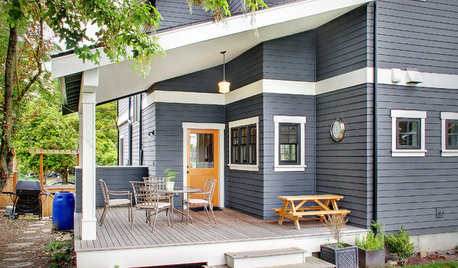
ORANGEFresh Start: Paint the Front Door
Go for it! Add instant curb appeal with a great coat of orange, blue, red, yellow, green, purple or black on the door
Full Story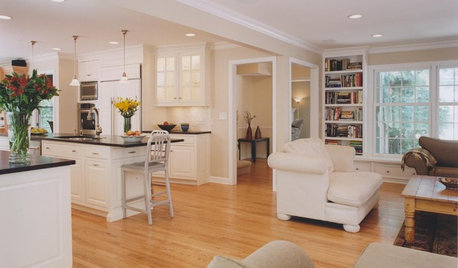
REMODELING GUIDESRenovation Ideas: Playing With a Colonial’s Floor Plan
Make small changes or go for a total redo to make your colonial work better for the way you live
Full Story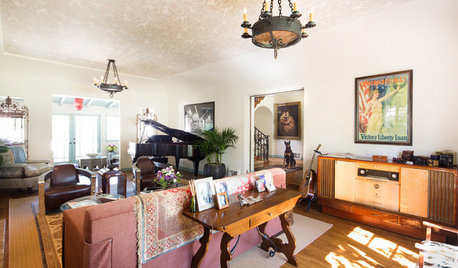
ECLECTIC HOMESHouzz Tour: A Spanish Colonial Gets Bohemian Bravado
Collections (like vintage radios) and pets (all 6 of them) are right at home in this couple’s South Pasadena home
Full Story
HOUZZ TOURSHouzz Tour: Only the Best for a Desert Spanish Colonial
Calacatta marble, Venetian plaster and hand-carved wood create a home awash in luxurious comfort for an Arizona family
Full Story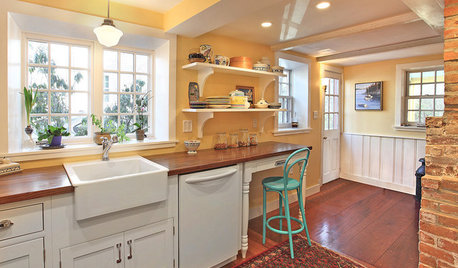
KITCHEN DESIGNKitchen of the Week: Uncovering History in an 1800s Colonial
Brick features from long ago return to prominence, but a raised ceiling and newly open layout set them squarely in the now
Full Story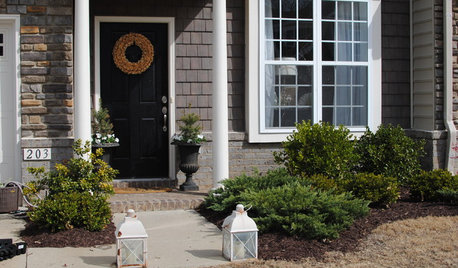
HOUZZ TOURSHouzz Tour: Traditional-Style Townhouse in Colonial Williamsburg
Handmade pieces, big-box-store finds and antiques create new history together in this graceful Virginia townhouse
Full Story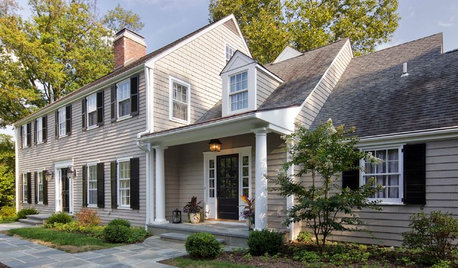
HOUZZ TOURSHouzz Tour: Renovations Modernize a 1970s New Jersey Colonial
Better access to a great yard, an opened-up interior and family-friendly features improved this home for a Princeton family
Full Story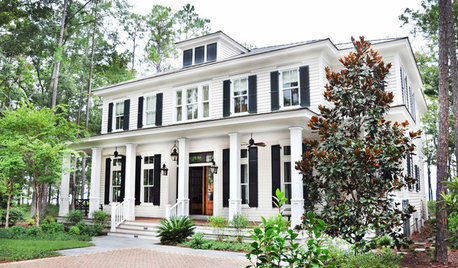
TRADITIONAL ARCHITECTURERoots of Style: Colonial Revivals Span Eras and Forms
Are the varied influences and configurations to thank for colonial revivals' ongoing popularity? Judge for yourself
Full Story
DECORATING GUIDESSwitching Up a Colonial Home to Suit a Modern Family
Floor plan labels are thrown out the window as a designer helps a family shape rooms to fit the way they live
Full Story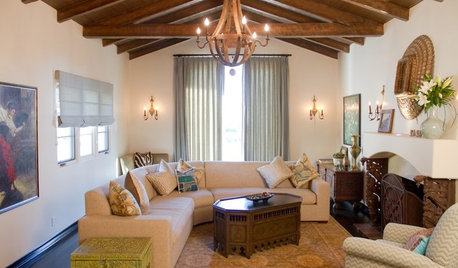
HOUZZ TOURSHouzz Tour: Spanish Colonial–Modern Union in California
Styles, eras and objects from far-flung places happily coexist in this Spanish colonial home
Full StorySponsored
Custom Craftsmanship & Construction Solutions in Franklin County
More Discussions









Iris GW
j0nd03
Related Professionals
Windham Landscape Architects & Landscape Designers · Marina Landscape Architects & Landscape Designers · Rancho Cordova Landscape Architects & Landscape Designers · Arlington Landscape Contractors · Rockland Landscape Contractors · Quartz Hill Landscape Contractors · Bountiful Siding & Exteriors · Carmel Siding & Exteriors · San Diego Siding & Exteriors · Clearfield Siding & Exteriors · Solana Beach Decks, Patios & Outdoor Enclosures · Baton Rouge Decks, Patios & Outdoor Enclosures · Orange County Decks, Patios & Outdoor Enclosures · Overland Park Decks, Patios & Outdoor Enclosures · Waukesha Decks, Patios & Outdoor Enclosuresmrgpag SW OH Z5/6
brandon7 TN_zone7
alexander3_gw
lucky_p
sam_md
lucky_p